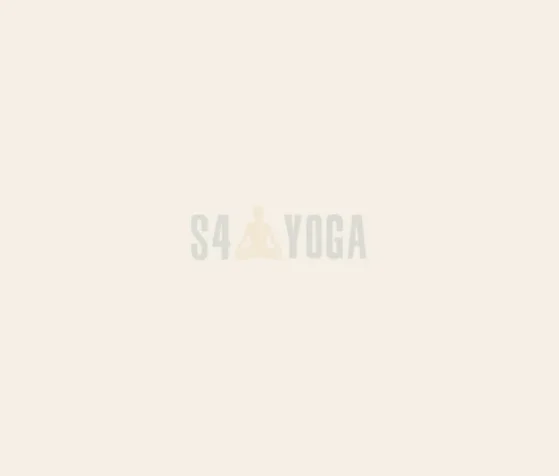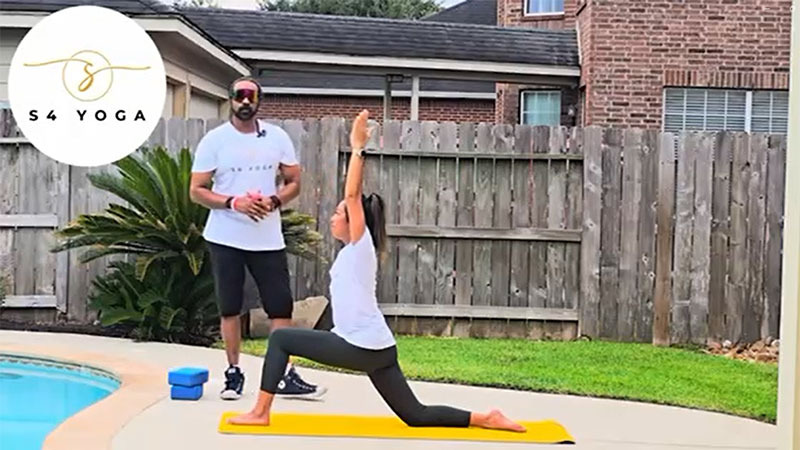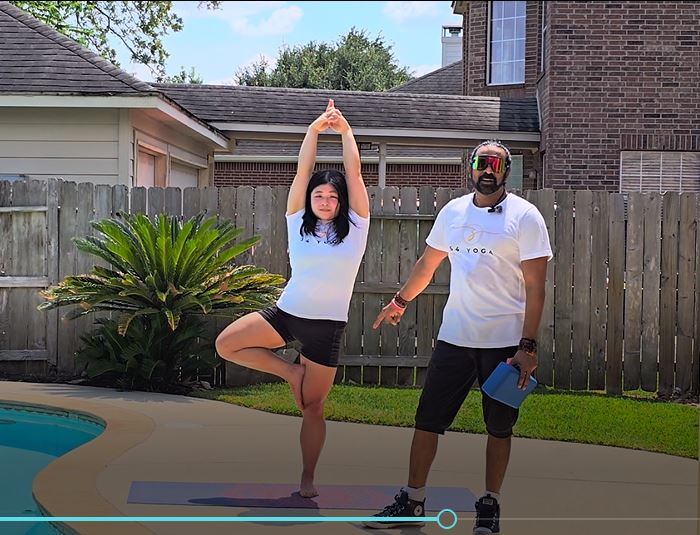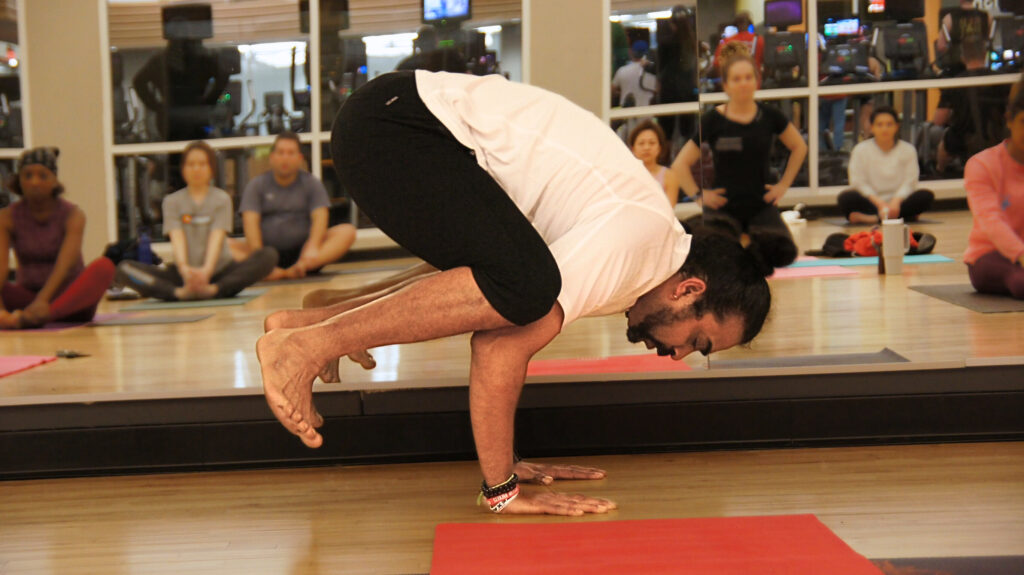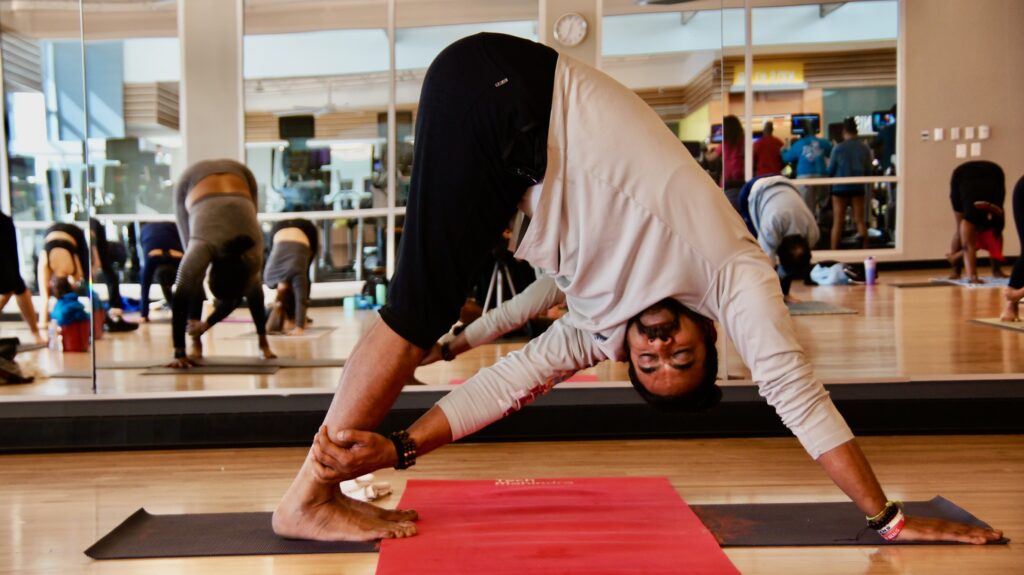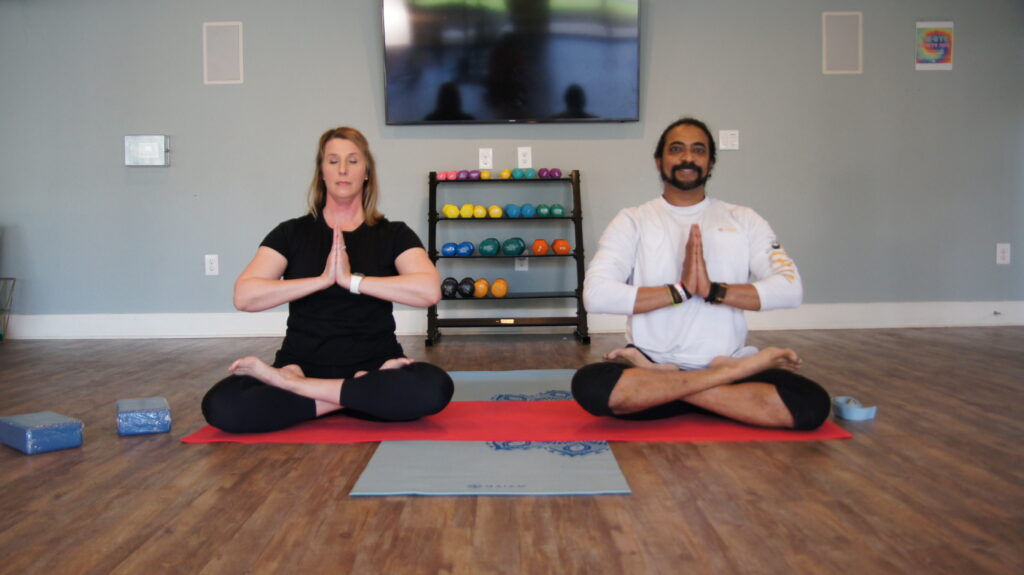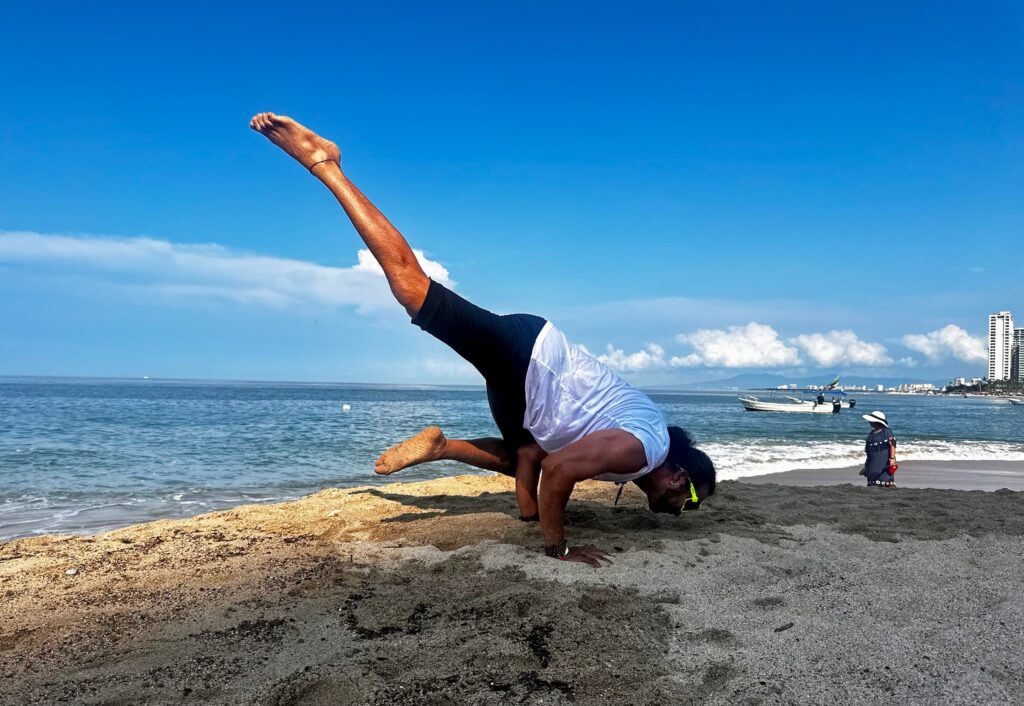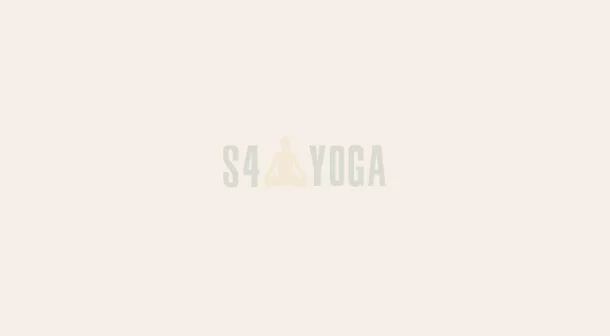Aspiring Yoga Teacher
Introduction to Yoga and the 200-Hour RYT Program
- Overview of the 200-Hour RYT program, including the purpose and structure of the training.
- History and evolution of yoga, from its ancient origins to modern-day practice.
- An introduction to the eight limbs of yoga as outlined in Patanjali’s Yoga Sutras.
- A summary of the Yoga Alliance standards and expectations for certified teachers.
Techniques, Training, and Practice (Asana, Pranayama, Meditation)
Asana
- Detailed descriptions of foundational yoga postures (asanas), organized by category (e.g., standing poses, forward bends, backbends, twists, inversions).
- Benefits, contraindications, and key alignment points for each pose.
- Step-by-step instructions for safely guiding students into and out of postures.
- Modifications for different body types and levels of experience.
- Common misalignments and how to correct them.
Pranayama
- Introduction to the principles of breath control (pranayama) and its significance in yoga.
- Techniques for practicing and teaching various pranayama exercises.
- Benefits and contraindications for each pranayama technique.
Meditation
- Basic meditation techniques and practices to cultivate mindfulness and focus.
- Guidance on teaching meditation to students and incorporating it into classes.
Teaching Methodology
Principles of Teaching
- Effective communication skills, the use of voice and language, and the importance of clear instructions.
- How to create and maintain a safe, inclusive, and welcoming environment for all students.
Class Structure
- Guidelines for sequencing a yoga class, including warm-ups, peak poses, and cool-downs.
- The importance of balancing effort and relaxation, and how to adapt classes to different levels.
Teaching Styles
- Overview of different teaching styles (e.g., Vinyasa, Hatha, Yin) and how to adapt your teaching to meet the needs of different students and settings.
Hands-on Adjustments and Cueing
- Best practices for offering hands-on adjustments in a way that is safe, respectful, and mindful of boundaries.
- Verbal and non-verbal cues to guide students through poses with proper alignment and awareness.
Anatomy and Physiology
Yoga Anatomy
- An overview of the major muscles, bones, and joints involved in yoga practice.
- Understanding functional anatomy in the context of yoga postures, including the mechanics of movement, stability, and flexibility.
- Common injuries related to yoga practice and how to prevent them through safe alignment and modifications.
Physiology
- The physiological benefits of yoga, including its effects on the nervous system, respiratory system, and circulatory system.
- How yoga promotes overall health, including the reduction of stress and the improvement of flexibility, strength, and mental clarity.
Biomechanics
- Understanding joint movements as relates to joint stabilization helping students understand movements in yoga.
- Help yoga teachers with basic understanding of balancing stretching in safe way.
Yoga Philosophy, Lifestyle, and Ethics
Yoga Philosophy
- In-depth exploration of foundational yogic texts, such as the Yoga Sutras of Patanjali, Bhagavad Gita, and Hatha Yoga Pradipika.
- Explanation of key philosophical concepts, such as the yamas and niyamas (ethical guidelines), karma, dharma, and the nature of the self.
- How these teachings apply to modern life and the practice of teaching yoga.
Lifestyle and Ayurveda
- Introduction to the concept of yogic lifestyle, including diet, daily practices, and cultivating mindfulness.
- Basics of Ayurveda (yoga’s sister science) and how it can complement yoga practice.
Teaching Yoga Ethics
- Ethical considerations for yoga teachers, including professionalism, boundaries, and creating a safe, inclusive space for students.
- Understanding and adhering to the Yoga Alliance Code of Conduct.
Practicum and Teaching Experience
- Guidelines for teaching sessions, including how to give and receive feedback.
- Techniques for observing students and adjusting in a classroom setting.
- Opportunities for trainees to design and lead portions of classes to build confidence and experience.
- Reflections on personal growth throughout the teacher training journey.
Business of Yoga
Introduction to Yoga as a Profession
- Key considerations for transitioning from student to teacher, including building a teaching career.
- Overview of different career opportunities in yoga (e.g., teaching at studios, offering private lessons, leading retreats).
Marketing and Branding
- Basics of creating a personal brand as a yoga teacher.
- How to market classes, workshops, and retreats using both online and offline methods.
Legal and Financial Considerations
- Legal considerations for yoga teachers, including liability insurance and contracts.
- Basic financial management for yoga teachers, including pricing, taxes, and record keeping.
